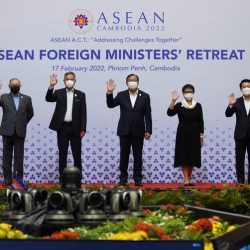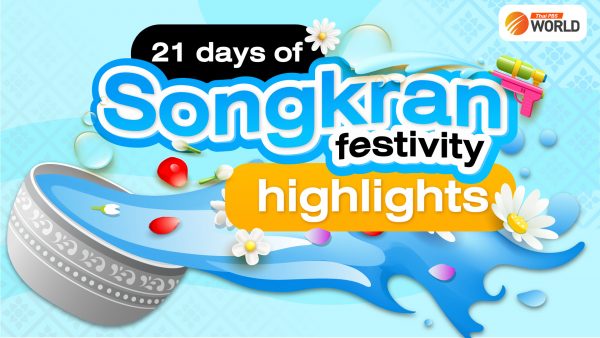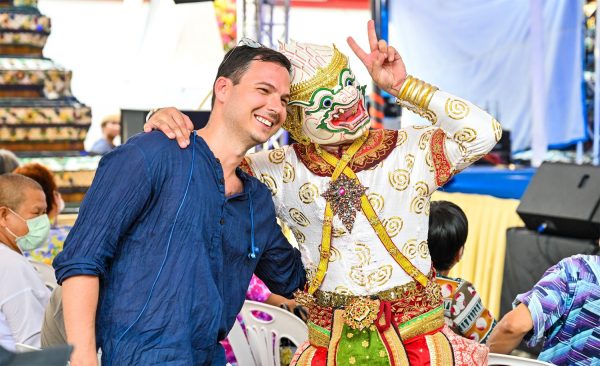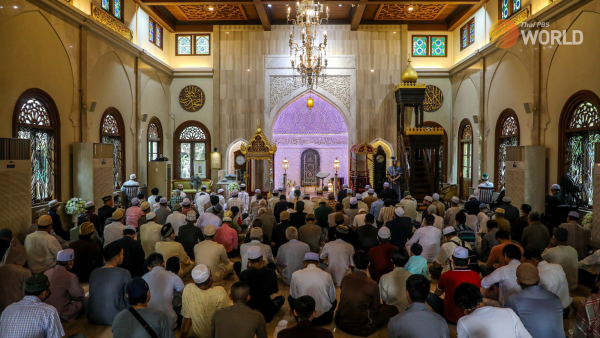Orchards of Olives vs City of Gods
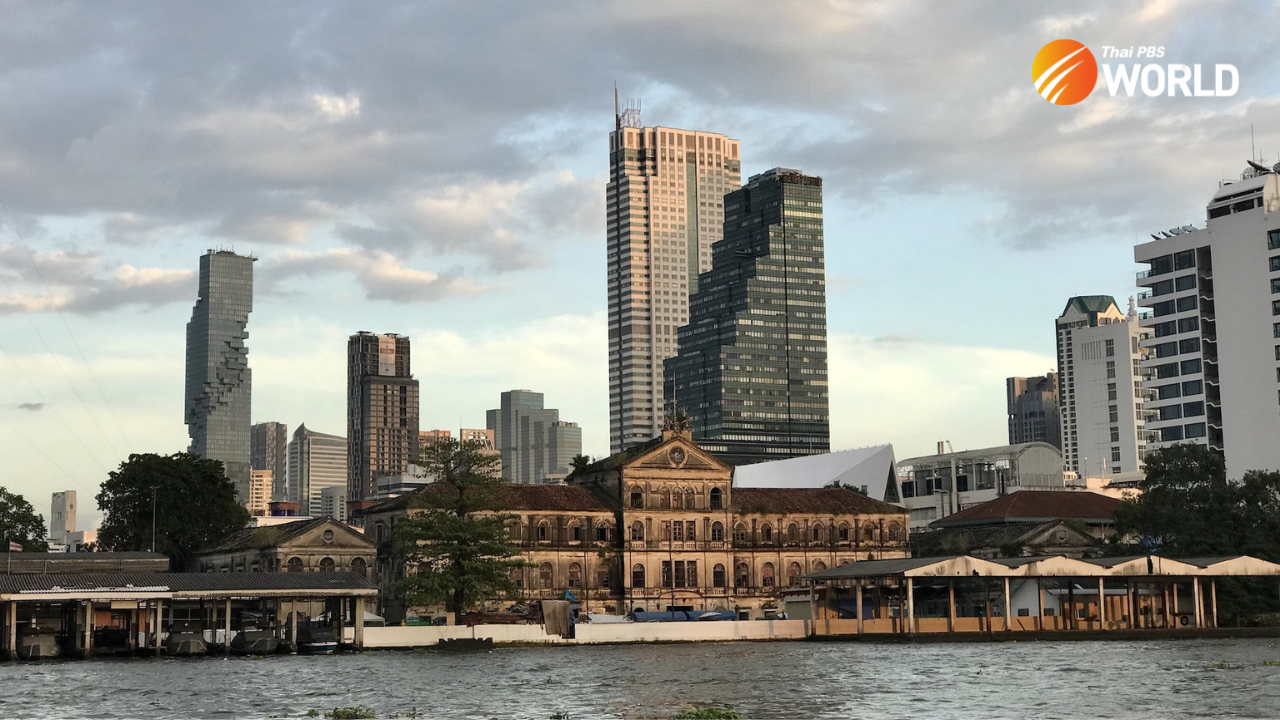
Much has been written in the news this week about the recent announcement that Thailand’s capital should henceforth be known officially as Krung Thep Maha Nakhon and not Bangkok. This might well have some foreigners scratching their heads in confusion but it is worth noting that to Thais, the capital is always Krung Thep Maha Nakhon. Admittedly Bangkok is far more popular around the world as the common, if not the totally official, name of Thailand’s capital in English. In addition, many leading Thai companies and conglomerates have adopted Bangkok in their business names – think Bangkok Bank, Bangkok Insurance, Bangkok Airways, or even Bangkok Post.
However, Bangkok is not the translation of “Krung Thep Maha Nakhon” and it’s interesting to go back to the past to find out more about the name.
Thai people don’t usually call their capital Bangkok but mostly say Krung Thep, the short form of Krung Thep Maha Nakhon. Some Thais even like to shorten the name further, calling their capital Kor Tor Mor – an abbreviation of Krung Thep Maha Nakhon – though often they are referring to the area covered by the Bangkok Metropolitan Administration, as the local government body is known.
But the name Bangkok has been around for a very long time. It’s believed to date back to before the present capital of Thailand “Krung Thep” was founded. The word “Bangkok” comprises two Thai words – Bang and Kok. “Bang” is very common as a district or community name across the country such as Bangrak, Bangna, Bang Krachao, Bang Nam Phueng, Bang Nampriew, and Banglampoo. The word means the areas that can be accessed by waterways (Khlong), according to Prince Damrong Rajanubhab who is credited as the father of Thai history.
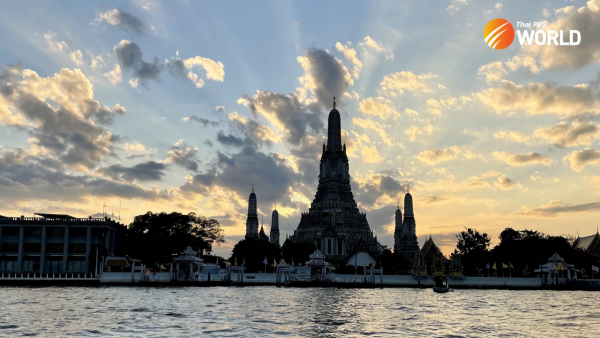
One unconfirmed theory has it that “Bang” comes from “Bung” in Mon language which means buoys where boats are tied, so it was used for pier areas where a lot of boats came together. And, of course, the traffic and trade came with a community.
When “Bang” is used as a common noun, it is followed by a word or words that describe the community. It could be linked to the name of an important person such as Bang Khun Phrom and Bang Khun Sri, a particular geographical trait such as Bang Kor Laem or named according to plants that are abundant in the area such as Bang Lampoo, which used to be home to Lampoo orchards.
Bangkok is therefore Bang plus Kok and one theory has it that it’s a shortened form of Bang Makok. Makok is a water olive or hog plum and refers to the fruit that was grown in the area. This theory is supported by the fact that the former name of Temple of Dawn or Wat Arun is Wat Makok and ties in with its location in Thonburi on the West side of the Chao Phraya River, home to the districts of Bangkok Noi and Bangkok Yai and opposite Phra Nakhon and the Rattanakosin area.

Another theory says the name might have been derived from Bang Koh – Koh meaning island, stemming from the city’s watery landscape and which, over time, morphed into Bang Kok.
Whatever the case, Bangkok has never been an official name. During the Thonburi period before the founding of Krungthep Maha Nakhon, Thailand’s capital was Thonburi Si Mahasamut. Then again, Bangkok was likely a colloquial name, albeit one widely adopted by foreign visitors, and they have used it to refer to the city up until today.
While Bangkok is perceived as a cool and rather fashionable name, to Thais it is more nostalgic than anything else. We used to have a Bangkok magazine and we have a Bangkok Museum. The English pronunciation, booming tourism, and trading has made Bangkok popular worldwide but in Thai, the world Bangkok is hardly used in relation to modern days.
The meaning of Bangkok is far different from Krungthep Maha Nakhon. The official name of the capital came from the beginning of the Rattanakosin era when King Rama I established his new capital on the river’s eastern bank. The city inherited Ayutthaya’s ceremonial name, of which there were many variants, including Krung Thep Thawarawadi Si Ayutthaya and Krung Thep Maha Nakhon Si Ayutthaya. Now it is known as Krungthep Maha Nakhon or simply Krung Thep which came into effect during the reign of King Mongkut (Rama IV).
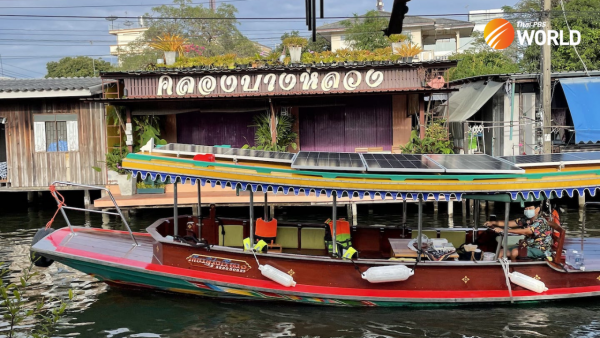
In addition, the capital also has as its full name “Krungthepmahanakhon Amonrattanakosin Mahintharayutthaya Mahadilokphop Noppharatratchathaniburirom Udomratchaniwetmahasathan Amonphimanawatansathit Sakkathattiyawitsanukamprasit” which literally means “City of angels, the great city of immortals, magnificent city of the nine gems, the seat of the king, city of royal palaces, home of gods incarnate, erected by Vishvakarman at Indra‘s behest.” The name is listed as the world’s longest place name in the Guinness World Records.
Unsurprisingly, not everyone in Thailand is aware of that name but thanks to a rock duo Asanee-Wasan(Chotikul), who used it as the lyrics for their 1989 hit “Krung Thep Maha Nakhon”, it did for a while at least become more familiar to many Thais.
In real life, Thai people mostly refer to the capital as Krung Thep which means the city of gods and devas. It reflects the belief behind the founding of city which was influenced by the Khmer and Hindu culture. This should take no one by surprise. If America has Los Angeles as the city of angels, why should it be odd that we have our version of the city of gods or devas.
By Veena Thoopkrajae
Thailand’s capital name to officially be changed to Krung Thep Maha Nakhon


